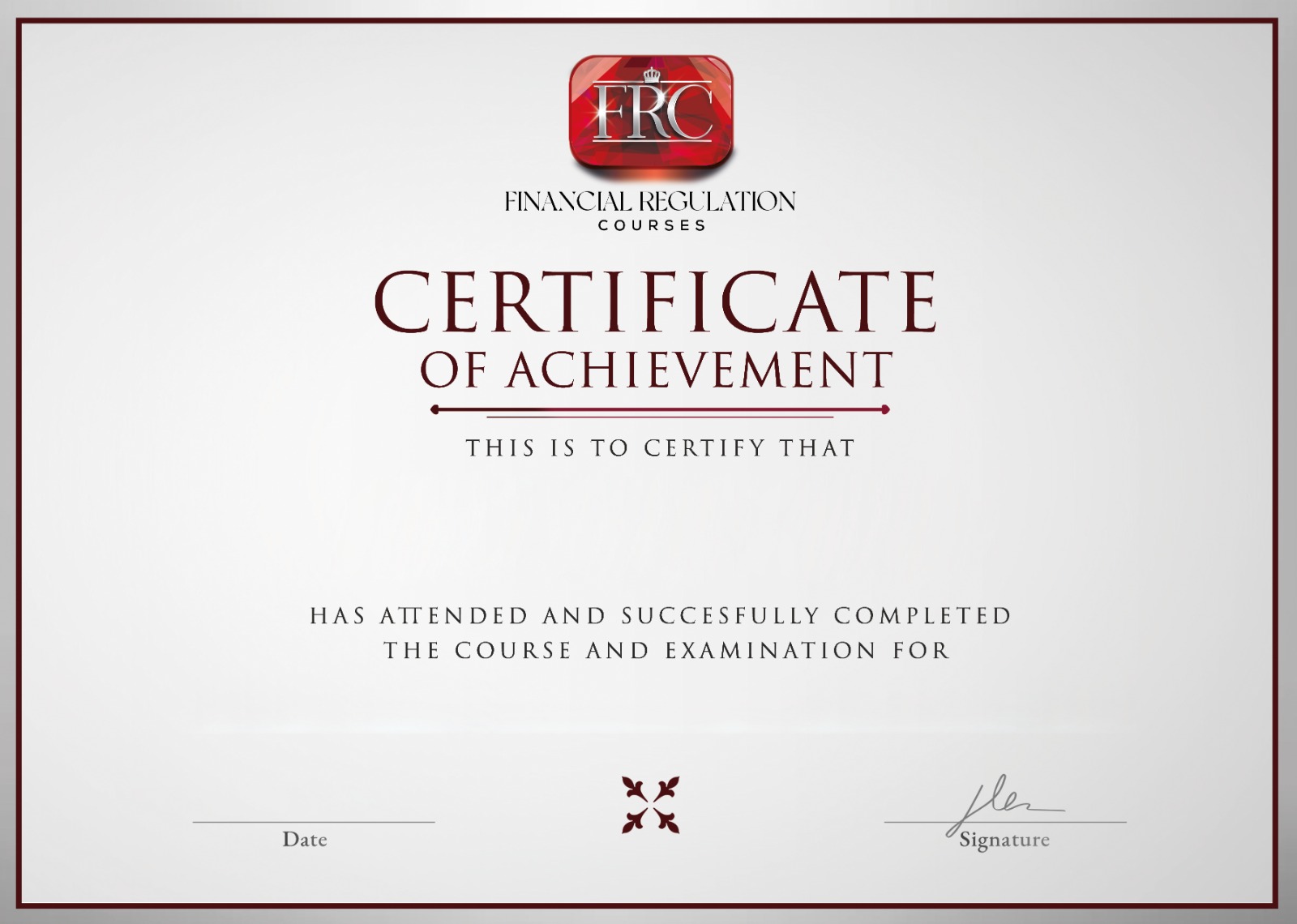Asset Classes
Financial Regulation Courses (FRC)
Overview
This textbook, Asset Classes, is a key resource for anyone looking to understand the wide array of financial instruments available in today’s markets.
It provides an in-depth exploration of the various asset classes, from traditional investments like cash, bonds, and equities to alternative assets such as property, art, and cryptocurrencies.
The book covers the fundamental characteristics of each asset class, explaining how they function, their role in investment portfolios, and their unique advantages.
Whether you are a financial professional or someone looking to broaden your knowledge of the financial landscape, this resource offers valuable insights into the following:
- Cash and Cash Equivalents: Discusses the liquidity and uses of cash deposits and money market instruments.
- Fixed-Income Securities: Explores government bonds, corporate bonds, and other fixed-income instruments.
- Equities: Covers the dynamics of stock markets, types of shares, and the concept of equity ownership.
- Property: Provides an understanding of real estate investments, including both residential and commercial properties.
- Other Assets: Looks at non-traditional assets like precious metals, commodities, and the rapidly evolving world of cryptocurrencies.
This textbook combines practical examples, detailed analysis, and review questions, making it an indispensable guide for financial professionals, investors, or students eager to understand the diverse world of asset classes.
Syllabus
1. Cash and Cash Equivalents
Explore the liquidity and practical uses of cash deposits, money market instruments, and other cash equivalents in portfolio management.
2. Fixed-Income Securities
Understand the various forms of fixed-income investments, including government and corporate bonds, and their role in a diversified portfolio.
3. Equities
Delve into the stock markets, the types of equities available, and the concept of equity ownership and its importance in wealth-building.
4. Property
Gain insight into real estate investments, with a focus on both residential and commercial property markets and investment strategies.
5. Other Asset Classes
Learn about alternative investments, including precious metals, commodities, art, and cryptocurrencies, and their role in modern portfolios.
Learning Objectives
- Explain the characteristics of cash and cash equivalents, fixed-income securities, equities, property, and alternative asset classes.
- Compare the advantages and limitations of investing in each asset class and their role in a diversified portfolio.
- Analyse the impact of economic factors, such as interest rates and inflation, on the performance of different asset classes.
- Evaluate the use of alternative investments, including commodities and cryptocurrencies, in enhancing portfolio diversification and return potential.








